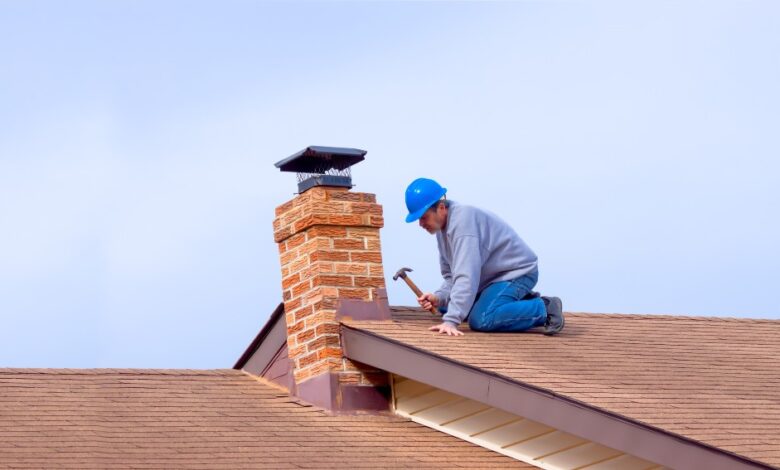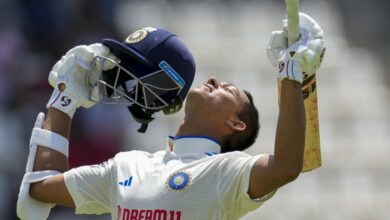Understanding Roof Cricket: Design, Benefits, and Installation

Roof cricket are essential structures used in roofing to direct water away from sensitive areas, such as chimneys, skylights, and other protrusions on the roof. They are particularly useful in preventing water accumulation and the potential damage that can follow. This article explores what roof crickets are, their benefits, how they are designed, and tips for their installation.
What is a Roof Cricket?
A roof cricket, also known as a saddle, is a peaked construction at the back of a chimney or along a roof valley that is designed to divert water around the chimney and towards the gutters. Typically, roof crickets are recommended on roofs that have a steeper slope and in areas that experience heavy rainfall.
Benefits of Installing Roof Crickets
Prevents Water Accumulation
The primary purpose of a roof cricket is to prevent water from pooling around protrusions on a roof, which can lead to leaks and water damage over time. By effectively diverting water, crickets help extend the lifespan of the roof.
Reduces Debris Build-up
Cricket designs also prevent the accumulation of leaves, snow, and other debris behind chimneys and other roof protrusions. This minimizes the risk of blockages that can cause water to back up under shingles and into the home.
Enhances Roof Longevity
By preventing water penetration and debris accumulation, roof crickets significantly enhance the overall longevity of the roof structure.
Design Considerations for Roof Crickets
Size and Angle
The size and angle of a roof cricket depend on the size of the chimney and the pitch of the roof. Typically, the cricket’s slope should be at least the same pitch as the surrounding roof to ensure effective water flow.
Materials
Roof crickets should be constructed from materials compatible with the rest of the roofing system. Common materials include metal, which is durable and offers excellent water-shedding properties, and the same roofing materials as the rest of the roof for a seamless look.
Code Compliance
Building codes often dictate specific requirements for roof cricket design, including size and materials. It’s crucial to consult local building codes to ensure compliance during the design and construction phases.
Installation Tips for Roof Crickets
Planning and Measurements
Before installation, detailed planning and accurate measurements are crucial. Ensure that the cricket’s dimensions will adequately cover the area behind the chimney or protrusion.
Professional Installation
While some experienced DIY enthusiasts might tackle installing a roof cricket, professional installation is recommended. Roofing professionals have the tools and experience to ensure that the cricket is properly integrated with the existing roofing materials.
Integration with Roofing Material
Careful integration with the existing roofing material is essential for the effectiveness and aesthetics of the roof cricket. Make sure that the shingles or other roofing materials overlap properly with the cricket to ensure a watertight seal.
Regular Maintenance
After installation, regular maintenance is important to keep the roof cricket in good condition. This includes checking for debris accumulation and ensuring that the area around the cricket is free of moss, leaves, and other materials that could impede water flow.
Conclusion
Roof crickets are a crucial
component in maintaining the integrity and longevity of a roof. They play a vital role in diverting water away from vulnerable areas, reducing the likelihood of leaks and structural damage. By understanding their design, benefits, and proper installation techniques, homeowners can ensure that their roofs remain in top condition for years to come. Whether you are building a new home or looking to upgrade an existing roof, consider the inclusion of roof crickets to protect your investment.



